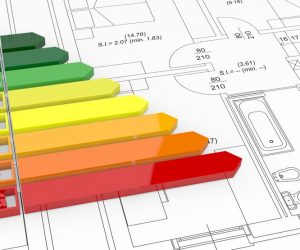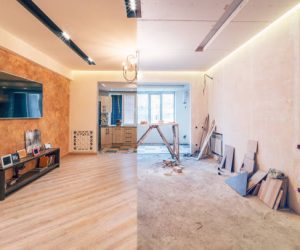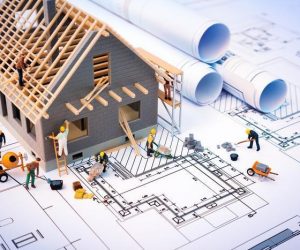Roof Insulation: Keeping Your Home Comfortable and Energy Efficient
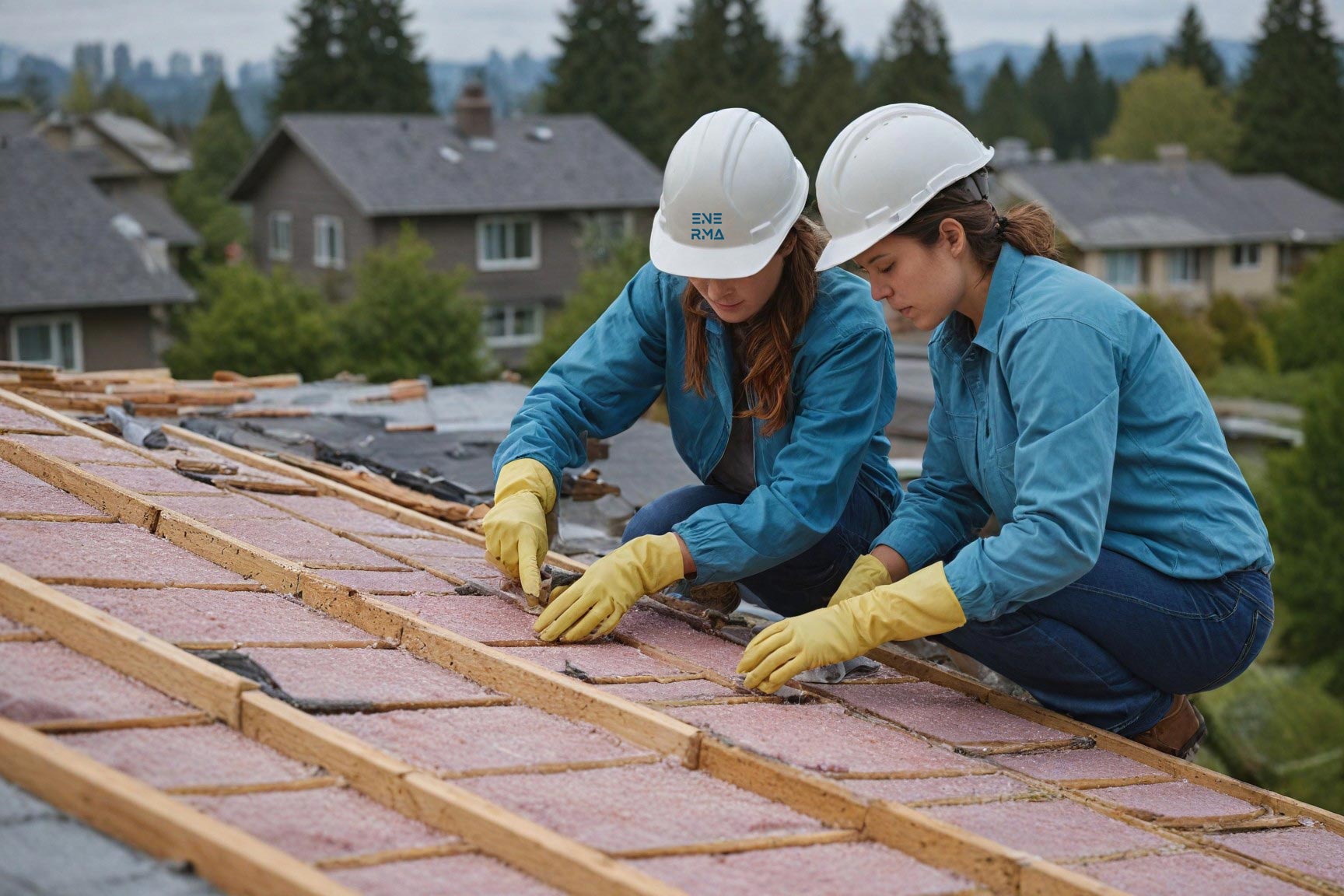
When it comes to maintaining a comfortable and energy-efficient home, roof insulation is one of the most crucial aspects. Proper insulation not only keeps your home warm in the winter and cool in the summer, but it also significantly reduces energy costs. There are various types of roof insulation available, each with its unique benefits and applications. Some of the most popular insulation materials and methods will be discussed below to help you choose the best option for your home.
Fiberglass Insulation
Overview: Fiberglass insulation is one of the most common types of insulation used in residential homes. It is made from fine glass fibers and is available in rolls, batts, and loose-fill forms.
Benefits:
- Cost-effective: Fiberglass is relatively inexpensive compared to other insulation materials.
- Fire-resistant: It does not burn, making it a safer option.
- Easy to install: Especially in its batt or roll form.
Best For:
- Attic spaces and between roof rafters.
Considerations:
- Proper protective gear is needed during installation to avoid irritation.
- Not the best option for tight spaces or irregularly shaped areas.
Spray Foam Insulation
Overview: Spray foam insulation is a versatile and highly effective insulation material that expands upon application, filling gaps and sealing air leaks.
Benefits:
- Excellent air sealing: It provides a superior air barrier, reducing drafts and energy loss.
- High R-value: Offers one of the highest R-values per inch, making it extremely effective.
- Moisture barrier: Helps prevent mold and mildew growth by blocking moisture.
Best For:
- Hard-to-reach areas, irregular shapes, and spaces requiring high R-value insulation.
Considerations:
- Higher upfront cost compared to other insulation types.
- Professional installation is recommended due to the complexity of application.
Cellulose Insulation
Overview: Cellulose insulation is made from recycled paper products, primarily newsprint, and is treated with fire retardants.
Benefits:
- Eco-friendly: Made from recycled materials.
- Effective air barrier: Dense packing helps block airflow.
- Good soundproofing: Effective at reducing noise.
Best For:
- Attics and areas with many obstructions or odd shapes.
- Retrofitting older homes.
Considerations:
- Can settle over time, reducing its effectiveness.
- Susceptible to moisture if not properly sealed.
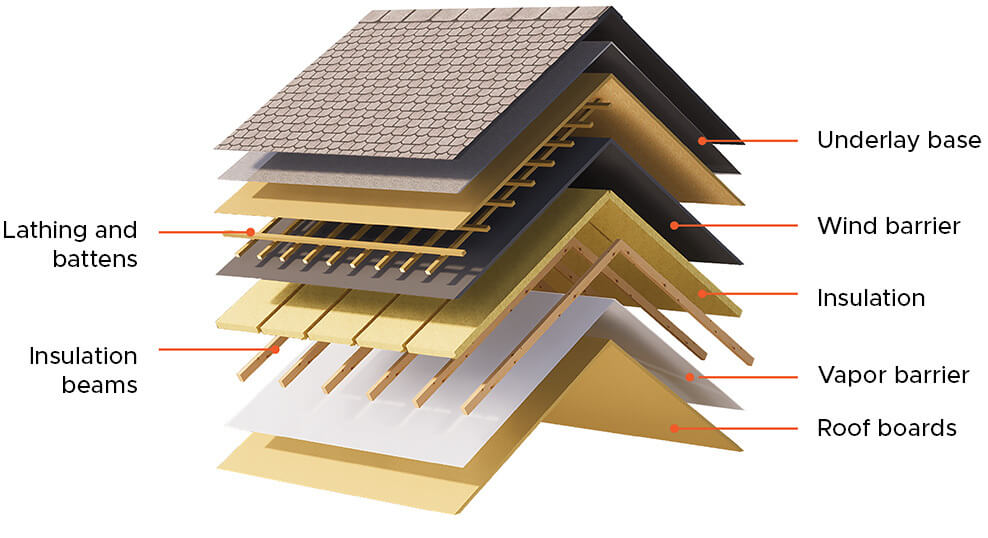
Rigid Foam Insulation
Overview: Rigid foam insulation comes in panels of varying thicknesses and is made from materials like polystyrene, polyisocyanurate, or polyurethane.
Benefits:
- High R-value per inch: Excellent insulating properties.
- Moisture resistance: Helps prevent mold and mildew.
- Durable: Long-lasting and can add structural strength to a roof.
Best For:
- Exterior roof insulation, particularly in new constructions or major renovations.
Considerations:
- More expensive than other types of insulation.
- Requires precise cutting and fitting, making installation more labor-intensive.
Reflective or Radiant Barrier Insulation
Overview: Reflective or radiant barrier insulation is designed to reflect heat rather than absorb it. It is typically installed in attics to reduce cooling costs.
Benefits:
- Effective in hot climates: Particularly useful in areas with long, hot summers.
- Reduces cooling costs: Helps keep homes cooler by reflecting radiant heat.
Best For:
- Attics in hot climates.
Considerations:
- Less effective in cold climates.
- Needs to be installed with an air gap to be effective.
Conclusion
Choosing the right roof insulation depends on various factors, including your climate, budget, and specific needs of your home. Fiberglass and cellulose are excellent choices for budget-conscious homeowners, while spray foam and rigid foam offer superior performance for those willing to invest more. Reflective barriers are ideal for homes in hot climates. By understanding the benefits and limitations of each type, you can make an informed decision that will improve your home’s energy efficiency, comfort, and overall value.
Whether you’re building a new home or retrofitting an existing one, investing in quality roof insulation is a decision that pays off in comfort and savings for years to come.

